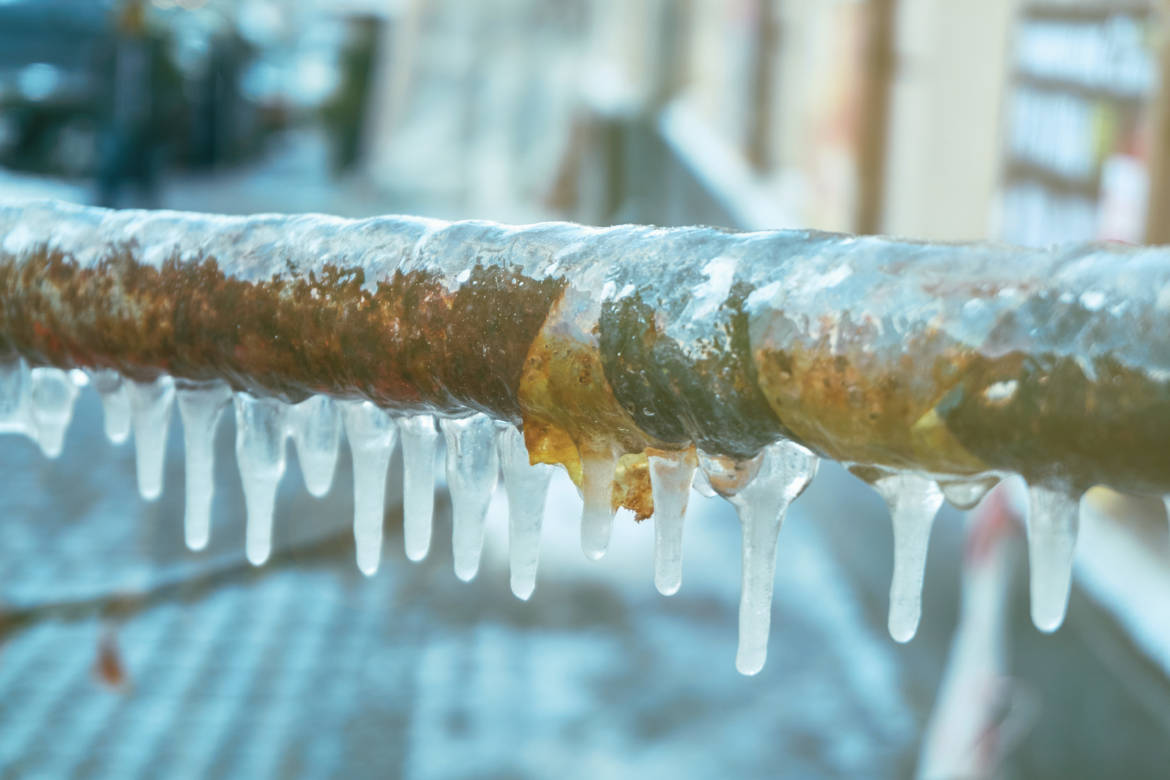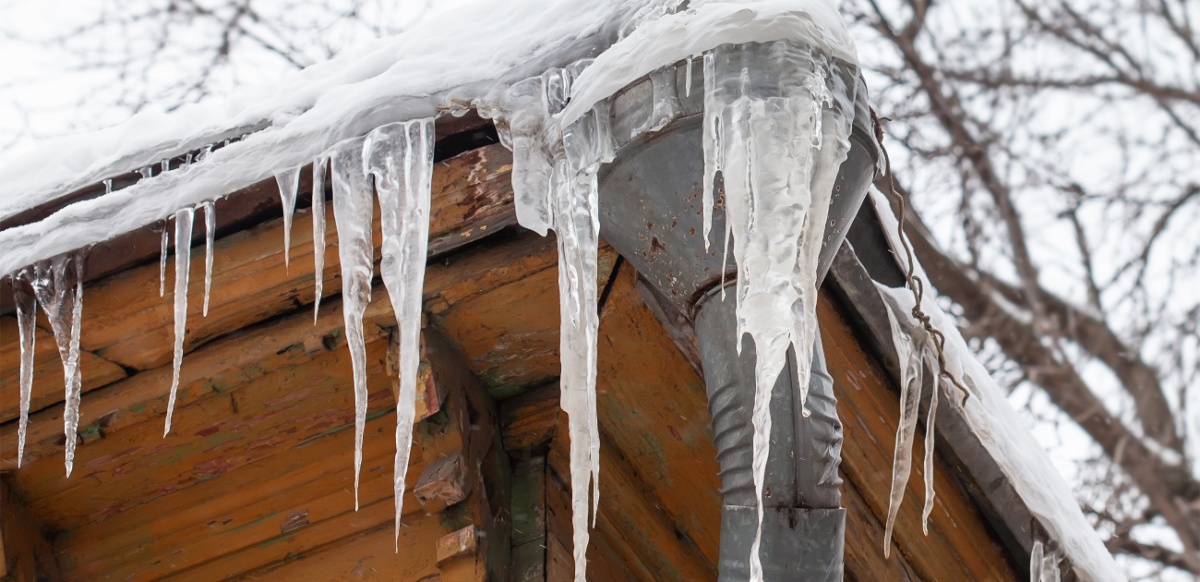Presented here down the page you can find some quality information and facts pertaining to How to prepare your home plumbing for winter weather.

Winter can ruin your pipes, especially by freezing pipes. Below's exactly how to avoid it from happening and what to do if it does.
Intro
As temperature levels drop, the risk of icy pipelines increases, possibly causing pricey repair services and water damage. Recognizing exactly how to prevent icy pipelines is important for homeowners in cool climates.
Avoidance Tips
Insulating vulnerable pipelines
Cover pipes in insulation sleeves or utilize warmth tape to safeguard them from freezing temperature levels. Focus on pipes in unheated or external areas of the home.
Heating strategies
Maintain interior spaces sufficiently warmed, specifically locations with plumbing. Open cupboard doors to permit warm air to distribute around pipelines under sinks.
Just how to recognize frozen pipes
Try to find reduced water flow from taps, unusual odors or noises from pipelines, and visible frost on subjected pipelines.
Long-Term Solutions
Structural modifications
Think about rerouting pipes away from outside wall surfaces or unheated locations. Add additional insulation to attics, basements, and crawl spaces.
Updating insulation
Purchase top notch insulation for pipes, attic rooms, and wall surfaces. Proper insulation aids preserve consistent temperature levels and minimizes the risk of icy pipes.
Shielding Outside Pipes
Garden tubes and outdoor taps
Disconnect and drain pipes yard hose pipes prior to winter season. Mount frost-proof spigots or cover outside taps with insulated caps.
Comprehending Icy Pipelines
What causes pipelines to ice up?
Pipelines freeze when revealed to temperatures below 32 ° F (0 ° C) for expanded periods. As water inside the pipes ices up, it expands, putting pressure on the pipeline wall surfaces and potentially causing them to rupture.
Risks and damages
Icy pipes can cause water system interruptions, home damage, and expensive repairs. Ruptured pipes can flood homes and trigger substantial structural damage.
Indications of Frozen Piping
Identifying frozen pipes early can prevent them from bursting.
What to Do If Your Pipes Freeze
Immediate activities to take
If you believe icy pipelines, keep faucets open to relieve stress as the ice thaws. Utilize a hairdryer or towels soaked in hot water to thaw pipelines slowly.
Conclusion
Protecting against icy pipes calls for positive measures and fast actions. By understanding the reasons, signs, and safety nets, house owners can protect their plumbing throughout cold weather.
6 Proven Ways to Prevent Frozen Pipes and Protect Your Home
Disconnect and Drain Garden Hoses
Before winter arrives, start by disconnecting your garden hoses and draining any remaining water. Close the shut-off valves that supply outdoor hose bibs and leave the outdoor faucet open to allow any residual water to drain. For extra protection, consider using faucet covers throughout the colder months. It’s also important to drain water from any sprinkler supply lines following the manufacturer’s directions.
Insulate Exposed Pipes
Insulating your pipes is an effective way to prevent freezing. Pipe insulation is readily available at home improvement stores and is relatively inexpensive. Pay close attention to pipes in unheated areas such as the attic, basement, crawl spaces, or garage. Apply foam insulation generously to create a buffer against the cold. You can also wrap your pipes in heat tape or thermostat-controlled heat cables for added warmth.
Seal Air Leaks
Inspect your home for any cracks or openings that could let in cold air. Seal any holes around the piping in interior or exterior walls, as well as the sill plates where your home rests on its foundation. Additionally, make sure to keep your garage door closed unless you’re entering or exiting. Leaving it open creates a significant air leak that can lead to frozen pipes.
Allow Warm Air Circulation
During cold snaps, it’s essential to allow warm air to circulate evenly throughout your home. Leave interior doors ajar to promote better airflow. Open kitchen and bathroom cabinets to help distribute heat consistently around the rooms. If you have small children or pets, be sure to remove any household chemicals or potentially harmful cleaners from open cabinets for safety.
Let Faucets Drip
A small trickle of water can make a big difference in preventing ice formation inside your pipes. When temperatures drop significantly, start a drip of water from all faucets served by exposed pipes. This continuous flow helps prevent the water from freezing. Additionally, running a few faucets slightly can relieve pressure inside the pipes, reducing the chances of a rupture if the water inside does freeze.
https://choateshvac.com/6-proven-ways-to-prevent-frozen-pipes-and-protect-your-home/

We are very focused on How to prepare your home plumbing for winter weather and I hope you appreciated the new post. Feel free to take a moment to distribute this blog post if you liked it. Thank-you for taking the time to read it.
Instant Quote
Comments on “How to Keep Your Pipes from Cold Weather Issues: Crucial Guidance”